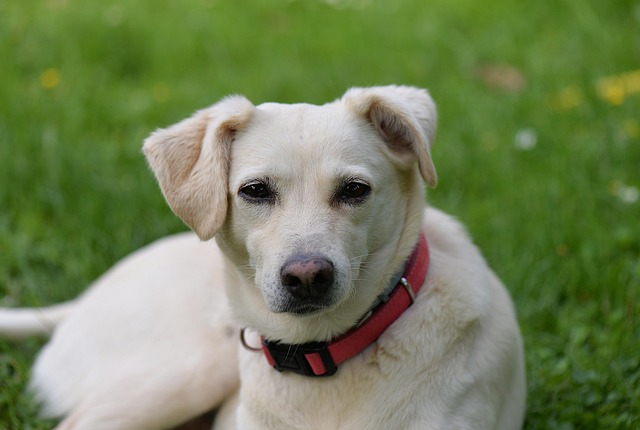
What kills parasites in dogs naturally?
Many dog owners want to keep their pups healthy without relying too much on harsh chemicals, especially when dealing with common parasites like fleas or worms.
I’ll open with a relatable moment for new U.S. dog parents: You’re clearing dinner plates in your Austin apartment, and your 6-month-old Beagle darts under the table, snatching a fallen garlic clove before you can react. Panic sets in—Is this going to hurt him? Wondering “Are there any foods that are toxic to dogs” isn’t just paranoia; it’s the first step to keeping your pup safe in a home full of human snacks.
The science boils down to biological differences. Dogs’ livers and digestive tracts lack enzymes to break down compounds humans process easily. Grapes and raisins, for example, contain an unknown toxin that triggers sudden kidney failure—even a handful can be fatal for a small breed. Onions and garlic (raw, cooked, or powdered) have thiosulfate, which destroys red blood cells and causes anemia. My Denver neighbor learned this the hard way: Her Corgi snuck onion scraps from the trash and needed a blood transfusion to survive. Xylitol, a sweetener in gum and peanut butter, spikes insulin so fast it causes seizures within 30 minutes.
So how do you protect your pup? Start with a “no-go list” stuck on your fridge: grapes, raisins, onions, garlic, xylitol, avocado (persin toxin), and raw potatoes (solanine). In apartments with limited storage, use childproof locks on lower cabinets—my Chicago roommate’s Chihuahua once chewed through a gum package under the sink, and only quick vet action saved him. Keep the ASPCA Poison Control number (888-426-4435) in your phone. If ingestion happens: note the food, your dog’s weight, and symptoms (vomiting, lethargy, pale gums), then call immediately—don’t wait for signs to worsen.
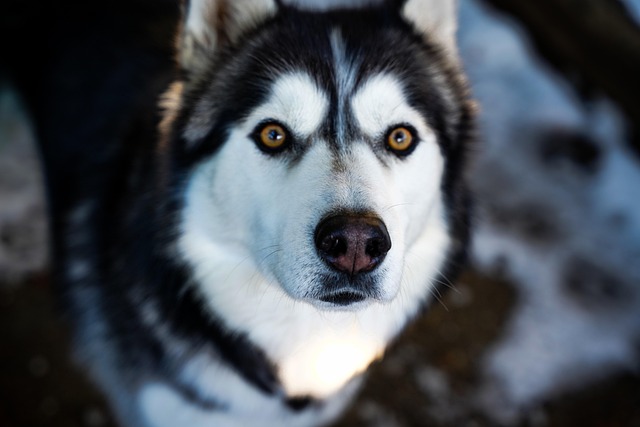
This safety focus ties directly to U.S. pet culture and rules. First, avoiding toxic foods is part of responsible ownership, just like keeping rabies vaccines current (required in every state; most apartments demand proof). When training, use safe treats like carrot sticks instead of table scraps—positive reinforcement beats scolding if your pup begs, and it avoids accidental toxin exposure. For community walks, keep your dog on a leash (standard etiquette) and steer clear of dropped food—city sidewalks are full of hidden risks like discarded xylitol gum. Always carry poop bags too (fines hit $300 in NYC)—a healthy pup means a compliant one.
At the end of the day, vigilance is key. Scan labels for xylitol, keep toxic foods out of paw’s reach, and err on the side of caution. Knowing which foods are toxic to dogs turns everyday moments—cooking, snacking, walking—into chances to keep your furry friend healthy. That’s the peace of mind every new dog parent needs.

Many dog owners want to keep their pups healthy without relying too much on harsh chemicals, especially when dealing with common parasites like fleas or worms.
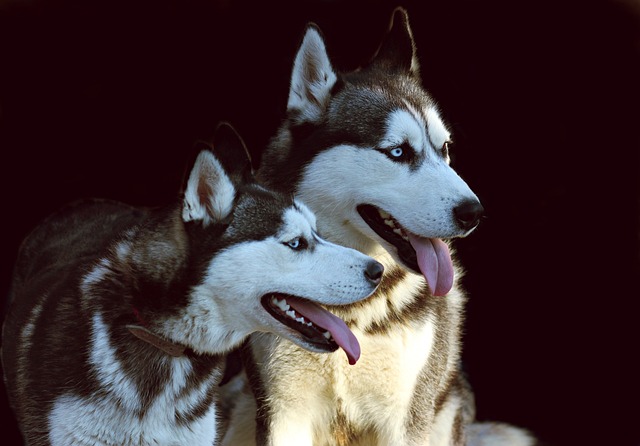
I’ll open with a scenario every new U.S. dog parent knows: It’s rainy evening in your Chicago apartment, and your 6-month-old Golden Retriever won’t stop gnawing at her paws—red
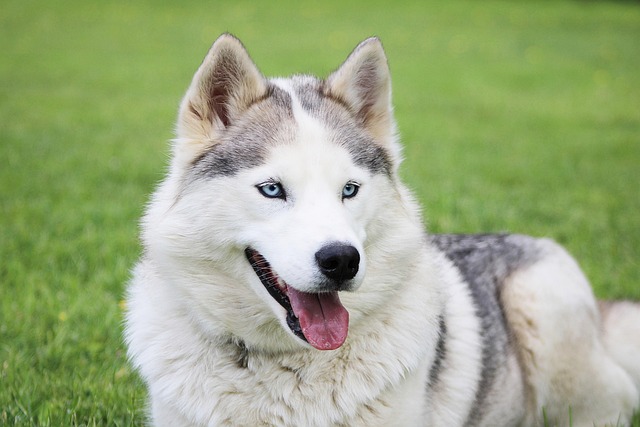
I’ll start with a scenario every new U.S. dog parent knows: You’re assembling a metal crate in your Houston apartment, and your 3-month-old rescue pup curls behind the couch
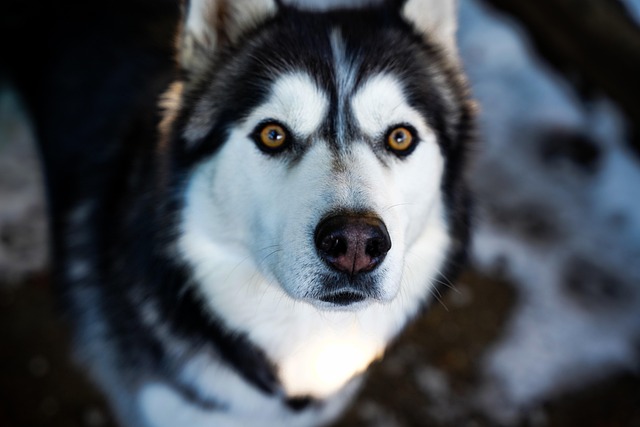
I’ll open with a relatable moment for new U.S. dog parents: You’re clearing dinner plates in your Austin apartment, and your 6-month-old Beagle darts under the table
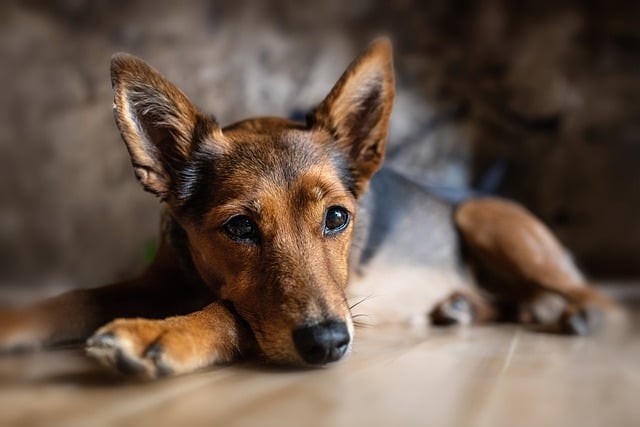
Dogs love sniffing grass, rolling in dirt, and exploring wooded trails—all fun for them, but risky for picking up parasites like fleas, ticks, or intestinal worms.

You’re chopping veggies for dinner, and your furry friend is right there, hoping a piece might “accidentally” fall.